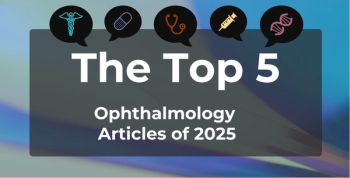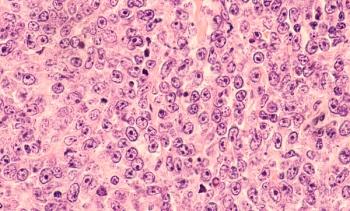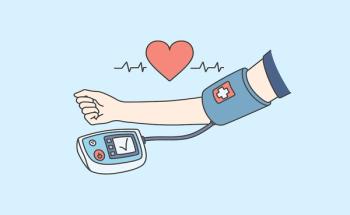
Sleep Timing Variability Linked to Less Time in Target Glucose Range in T1D
The findings suggest that reducing sleep timing variability may help improve metabolic control, but the relationship between glucose levels and sleep variability requires further research.
Variability in sleep timing was associated with less time spent in the desired glucose range among patients with
The global incidence of T1D has increased in recent decades, and glycemic control can reduce microvascular and macrovascular complications associated with T1D. However, past research has indicated that the majority of adults with T1D, including those using continuous glucose monitoring (CGM), do not achieve glycemic targets, the authors explained.
“Day-to-day variability of sleep timing and/or duration could be associated with a mild form of circadian timing disruption. Because circadian regulation plays a role in metabolism, sleep variability could lead to impaired glucose metabolism,” the authors wrote. “The evidence has been mixed in studies in the general population and those with type 2 diabetes, while the results were more supportive in patients with T1D.”
Although sleep and circadian rhythm regulation have been identified as factors with potential to influence glycemic control in patients with diabetes, research on patients with T1D is sparse.
Considering diabetes technology, especially CGM, has improved glycemic control in T1D in recent years, authors of the new study aimed to determine whether objectively measured sleep and circadian rest-activity parameters are associated with glycemic outcomes in this patient population.
The cross-sectional analysis included 76 non–shift-working participants enrolled in the randomized, controlled Sleep Optimization to Improve Glycemic Control in Adults With Type 1 Diabetes clinical trial (
Glycemic outcomes were measured by blinded 7-day CGM, as well as median A1C, and sleep timing variability was determined by objectively measured sleep and circadian rest-activity parameters using 7-day actigraphy. The target glucose level range was 70 to 180 mg/dL, and percentage of time in range as well as glycemic variability were calculated from CGM. Diabetes self-management was also measured via a questionnaire for participants. Independent predictors of glycemic parameters were identified by multiple regression analyses.
Median A1C was 6.8% (6.2%-7.4%), which the authors note indicates relatively well-controlled diabetes, and the median time in range was 66.5% (53.5%-79.4%). Sleep duration was a mean of 6.7 hours, and median sleep efficiency was 87.0% (84.3%-89.0%). Although sleep duration was lower than recommendations for adults, sleep efficiency indicated relatively good quality sleep, according to the authors. Based on the standard deviation of midsleep time, sleep variability was 0.77 (0.59-1.12) hour, and 31.6% of study participants showed sleep variability of 1 hour or more.
Greater sleep timing variability was associated with less time in the target glucose level range, with each hour increase in variability associated with 9.64% less time in range (95% CI, –16.29 to –2.99; P < .01) after adjusting for age, sex, insulin delivery mode, CGM use, and ethnicity. Higher sleep variability and lower scores on the diabetes self-management questionnaire (DSMQ) were associated with higher mean glucose levels and glycemic variability. Other factors correlating with both lower time in range and higher time above range were later midsleep time, higher sleep variability, and lower DSMQ, with sleep variability being the only measure correlating with higher time below glucose range.
Study limitations included the relatively well-controlled diabetes among the study population, which may not be representative of the general T1D population, as well as the study sample encompassing individuals screened to have short sleep duration or high sleep variability, the authors noted.
Overall, the findings suggest that greater variability in sleep timing is independently associated with lower time spent within target glucose levels, which support previous research on sleep variability and glycemia in adolescents with T1D.
“These results suggested that regular sleep timing may result in improved glycemic control and will be important to evaluate within current and future randomized sleep intervention studies,” the authors concluded.
Reference
Reutrakul S, Irsheed GA, Park M, et al. Association between sleep variability and time in range of glucose levels in patients with type 1 diabetes: cross-sectional study. Sleep Health. Published online September 13, 2023. doi:j.sleh.2023.07.007
Newsletter
Stay ahead of policy, cost, and value—subscribe to AJMC for expert insights at the intersection of clinical care and health economics.







































